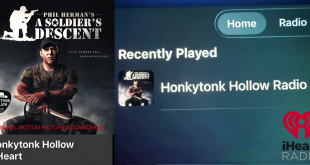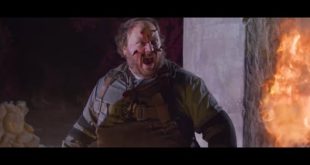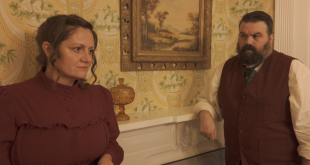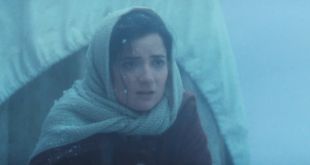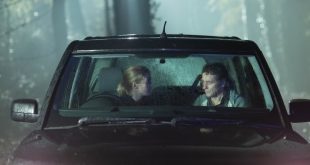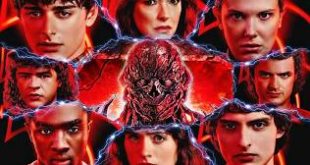It’s common knowledge that Ireland has a rich mythological history. Tales of faeries, sprites, spirits, giants, and gods have played a huge role in the island’s folklore. Many of the Celtic myths influenced later genres of horror. And lest we forget, with the likes of Bram Stoker and Sheridan Le Fanu, the Irish played a key role in the invention of modern horror.
Of course, some are much better known than others. And while the first image that strikes many of us about Irish myths are the tales of the banshees or the leprechauns one encounters on St Patrick’s Day and in Irish-themed slots, there are numerous mythical spirits and beasts that have been overlooked. Below, we look at 12 of the most interesting:
- The Bánánach
The Bánánach were associated with haunting battlefields, usually described as specters. They are mostly conceived in female form, sometimes winged, attracted by violence. They are often paired with Na Bocánaigh, a type of half-man half-goat creature.
- The Sluagh
Meaning the host or army, the Sluagh were the unforgiven dead, i.e., those who did not pass into the afterlife. They were said to roam the air, able to snatch the living from the ground to bear them away and take their souls.
- The Gancanagh
The Gancanagh, meaning “love talker”, is not your typical Celtic monster. He was a seducer of both men and women, luring potential victims with his alluring scent.
- The Dobhar-chú
It’s common enough to have half-and-half creatures across mythologies – think of centaurs, griffins, etc. Yet, the Dobhar-chú is a curious one – half dog and half otter. That might not seem so scary, but the fusion highlights the beast’s amphibious nature. It was said to have a taste for human flesh.
- The Bodach
Basically, the Bodach is the Irish equivalent of the bogeyman, at least in appearance. However, most tales depict the Bodach as being relatively harmless, more of a trickster than the figure of horror.
- Ellén Trechend
The exact nature of Ellén Trechend isn’t always agreed upon, but most agree that it is a three-headed (trechend means three-headed) beast of some kind. Most commonly, it is portrayed as a vulture-like bird, but sometimes it takes a more classic dragon-like depiction.
- The Fetch
Concepts of the fetch have existed across much of European folklore, and the beings are not specifically Irish or Celtic. In essence, a fetch is a doppelganger, a mirror-image being that is spotted by someone, usually before their death.
- The Fuath
The Fuath is a type of water-based spirit. Malevolent in nature, the creatures would leap from seas, lakes, and rivers to snatch victims. A fuath, meaning “hate,” appears in the story of the “King of Ireland’s son.”
- The Joint-Eater
No, not that kind of joint. The Joint Eater is actually quite comical. It’s an invisible fairy who will sit beside travelers at a campfire, eating half their food.
- The Oilliphéist
Meaning “great worm,” the Oilliphéist is a serpent or dragon-like creature that inhabits seas and lakers. Among stories featuring the creatures, they feature in the legend of St Patrick. Some historians believe the Oilliphéist influenced the legend of the Lough Ness Monster.
- Carman
Carman was an evil sorceress – sometimes referred to as a goddess – who was often accompanied by her three monstrous sons Dub, Dother, and Dian. The quartet laid waste to Ireland, trying to destroy all the fruit. Eventually, they were defeated.
- The Leanan Sidhe
The Leanan Sidhe is a particular type of fairy, one that preys on artists, poets, and musicians. She would encounter an artist and then bewitch them with her wit and talent before leaving them. The men would be so depressed that they would die.
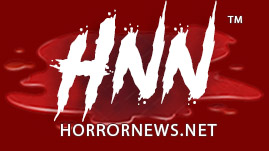 Horror News | HNN Official Site | Horror Movies,Trailers, Reviews
Horror News | HNN Official Site | Horror Movies,Trailers, Reviews



